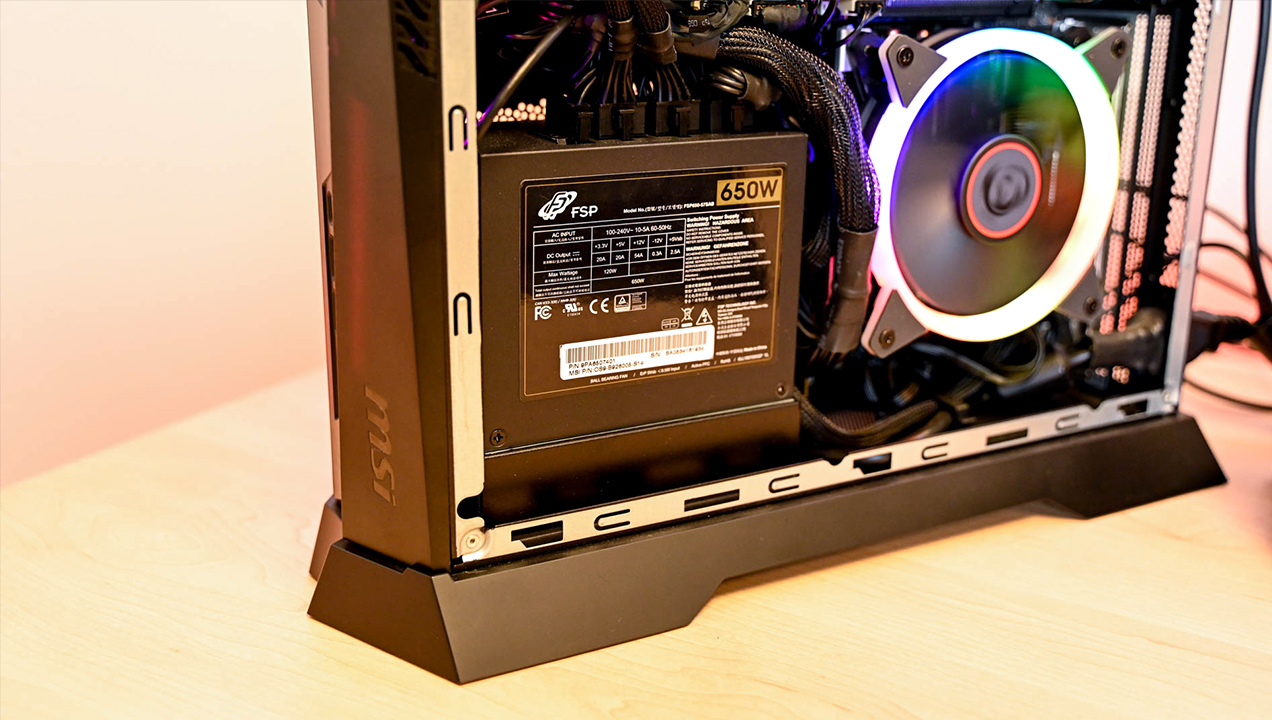#What Are “Driver Monitoring Systems” in Cars – Review Geek

Table of Contents
“What Are “Driver Monitoring Systems” in Cars – Review Geek”

Driver Monitoring systems are an advanced safety feature that can track your eyes, check for drowsiness or attention, and alert drivers to keep their eyes on the road.
More vehicles are starting to come with a Driver Monitoring System (DMS) to keep drivers alert instead of dozing off or being distracted by a smartphone. So, what is this system, and how does it work?
These days drivers are more distracted than ever before. We have smartphones, huge infotainment displays, and a false sense of safety due to lane assist, adaptive cruise control, and hands-free driving. While using these features, drivers might not keep their eyes on the road as often, and no matter how much coffee you drink, staying awake, alert, and paying attention can be difficult.
That’s why we’re starting to see a big shift toward driver-monitoring systems—sometimes called driver-state sensing (DSS) systems—which involve more than just occasionally touching the steering wheel. In fact, DMS systems can track your eyelids, alert drowsy drivers, and could make the road a safer place.
What is a Driver Monitoring System?

You’ll start hearing more about Driver Monitoring Systems (DMS) in 2023 and beyond, so what is it, exactly? It is a suite of advanced safety features inside a vehicle that, depending on the model and system, can track your eyes, eyelids (for drowsiness), and head movements, among other things.
DMS systems do more than monitor the driver to ensure someone is paying attention. If you’re not awake or alert, it’ll notify you using many different methods.
While this technology is still relatively new, we’re starting to see it emerge in more vehicles, especially electric cars. For example, Polestar will debut its cutting-edge DMS system on the Polestar 3 electric SUV at CES in January 2023.
These monitoring systems are readily available in commercial and fleet markets, but it’s gaining traction with automakers and regulatory agencies alike for consumers. It’s a mandate for future vehicles in Europe, and U.S. senators have new legislation in the works. DMS systems are critical to the advancement of self-driving and autonomous driving technology.
How Does it Work?

DMS systems typically use a camera or sensor system mounted to the dashboard or rearview mirror to track a driver’s eyes. Additionally, the monitoring software can instantly issue a warning or haptic vibrations to alert drivers, get their attention back to the road, or warn them to touch the steering wheel.
It’s essentially checking to ensure you’re paying attention; if not, it’ll get your attention. Some systems put an alert on the gauge cluster, infotainment display, or a vibration in the steering wheel. We could see heads-up display notifications projected onto the windshield or other methods in the future.
We’ve seen this variant with Tesla’s autopilot and full self-driving software. While using self-driving, it’ll occasionally remind the person behind the wheel to touch the steering wheel and pay attention.
For example, GM’s Super Cruise software on Chevrolet and GM vehicles has an optional DMS system that owners can enable. Once engaged, it’s a system “that detects your head and eye positioning, reminding you to pay attention to the road and steer manually when needed.”
While using Ford’s BlueCruise and hands-free driving, the oval company’s DMS system uses a driver-facing infrared camera atop the steering column that monitors the driver’s eyes and head gaze. And yes, it can see your eyes through sunglasses. Hands-free driving mode will ensure the driver is awake, alert, and looking forward rather than down at a smartphone.
Subaru has a similar technology using cameras in the vehicle to track drivers. Taking things a step further, Polestar believes its car will offer improved safety thanks to its Smart Eye camera technology. The Polestar 3 DMS system features two “closed-loop cameras that monitor the driver.” These cameras can track a driver’s head, eyelid movements, and other distraction signs. The DMS system can trigger a warning sound and send a message to the gauge cluster or infotainment displays.
“This technology addresses some of the main reasons behind fatal accidents and can help save lives by prompting the driver to refocus attention on the road — and can initiate preventive action when they don’t, or can’t,” said Thomas Ingenlath, Polestar CEO.
While these systems will alert a driver to pay attention and give you a chance to do so, the vehicle can issue an emergency stop function if the operator remains unresponsive. It will safely pull over and stop the car automatically.
It’s important to note that most driver monitoring systems only activate during hands-free driving modes or other self-driving features that are slowly becoming mainstream. That said, the idea behind it could also be great for regular driving, ensuring someone isn’t nodding off at the wheel.
More Than Just a Hand on the Wheel

Currently, on many systems, distracted drivers can quickly put a hand on the steering wheel, telling the vehicle they’re paying attention. In reality, their eyes could be elsewhere. You shouldn’t be able to enable driver assistance software if you’re not paying attention. We’ve seen drivers fool many of these systems, which is why facial recognition and AI aim to improve them.
It’s too easy to simply put a hand on the steering wheel, which is why these systems are evolving and will have other methods to ensure roadways are as safe as possible. New systems will go beyond steering wheel checks to make sure someone is actually paying attention.
Many current and future DMS systems scan and track eye movements, and that’s the next evolution in keeping roads safe. This isn’t just to check for drowsy drivers but to ensure the driver is looking forward and paying attention to the road.
Future DMS Systems and Autonomous Driving

While the main focus of driver monitoring systems is to ensure people are safe on the road, that’s only the beginning. We’re starting to see advanced facial recognition and AI technology take things a step further.
Aside from ensuring you’re paying attention to the road, some DMS systems can recognize individual drivers and tailor the experience to that user. For example, your vehicle could one day scan your face and instantly adjust the seat, climate controls, infotainment preferences, side mirrors, and more to you. Then, as you drive, it’ll ensure you’re awake and alert, keeping you and everyone else on the road comfortable yet safe.
We’ve seen facial recognition in a few Subaru models, and it’s also coming with the new Polestar 3 electric SUV. On the Subaru Legacy and Outback with “DriverFocus,” if a driver looks away from the road for more than three seconds, the system enters a “heightened state of sensitivity.” This uses facial recognition and AI to help ensure the car is ready to correct itself if necessary to maintain safety.
For now, DMS is about keeping us safe on the road, but in the future, it could improve the in-vehicle experience and prevent dangerous accidents by distracted drivers.
Then, as mentioned earlier, advanced driver monitoring systems will play a crucial role in ensuring self-driving systems still have a driver alert and are ready to take action. Well, until fully autonomous vehicles take over.
Data Collection and Privacy

Privacy is hugely important with any new technology, especially one that uses facial recognition or eye tracking. Driver monitoring systems should only be able to collect enough data to ensure a driver’s eyes and attention are on the road, and no more.
Again, going back to the upcoming Polestar 3, its DMS system features “two closed-loop cameras that monitor the driver.” The company made sure to mention that all data collected from the cameras are on a closed loop and processed inside the vehicle in real time. None of your data or facial information is being recorded or shared with the cloud.
Additionally, Ford and GM stated that their system does not share or transmit in-cabin data or video outside the vehicle. And while your Tesla has cabin cameras that capture video, the driver can choose whether or not that footage is sent to Tesla.
In closing, if driver monitoring systems can prevent accidents, save lives effectively, and do so without violating our privacy, it’ll be an important technology moving forward. That said, we’re still in the beginning stages of driver monitoring systems in consumer vehicles, and the technology will likely improve and evolve over time.
For now, stay awake and alert, pay attention to the road, and maybe consider a vehicle with DMS technology the next time you buy a car.
If you liked the article, do not forget to share it with your friends. Follow us on Google News too, click on the star and choose us from your favorites.
For forums sites go to Forum.BuradaBiliyorum.Com
If you want to read more like this article, you can visit our Technology category.




